How Do Icebergs Form?
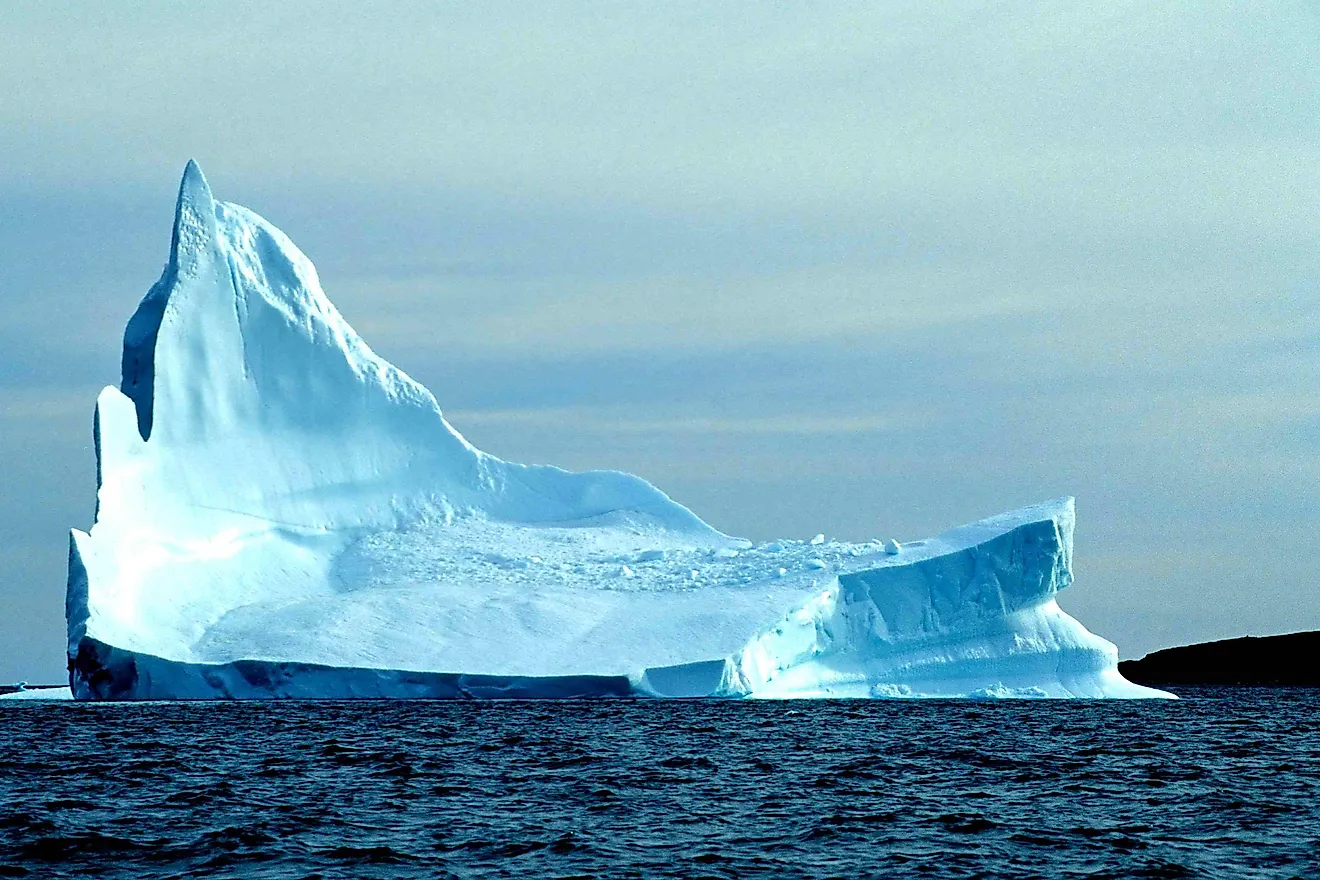
5. Description
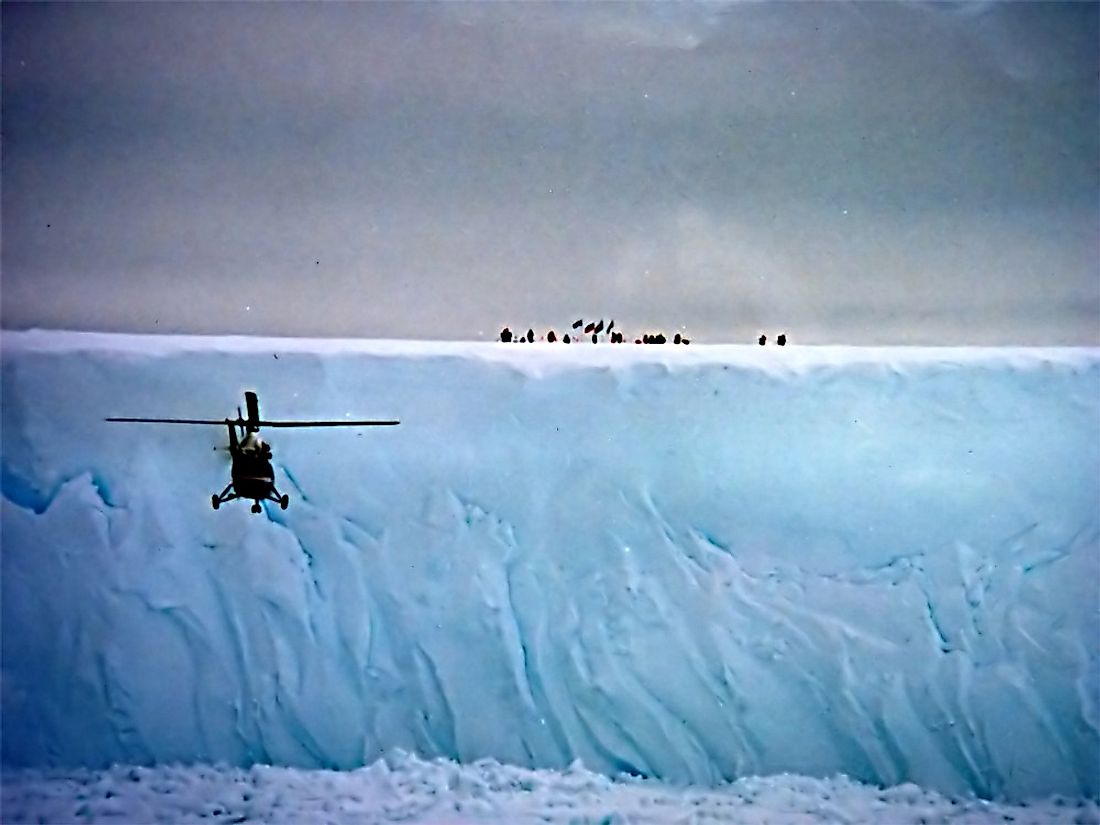
Icebergs or "ice mountains" are large pieces of freshwater ice floating in the open water, derived from broken parts of continental ice shelves or glaciers. Icebergs can be sighted in the open ocean or near the seashore. Interestingly, only the tip of the iceberg is visible above water while nearly 90% of it is under water. The height of icebergs range from 3.3 to 250 feet above sea level, and they weigh almost 200,000 metric tons. The core temperature of these icebergs can be as low as -20 degree Celsius. The largest iceberg located in the NorthAtlantic was about the height of a 55 story building.
4. Where Are Icebergs Found?
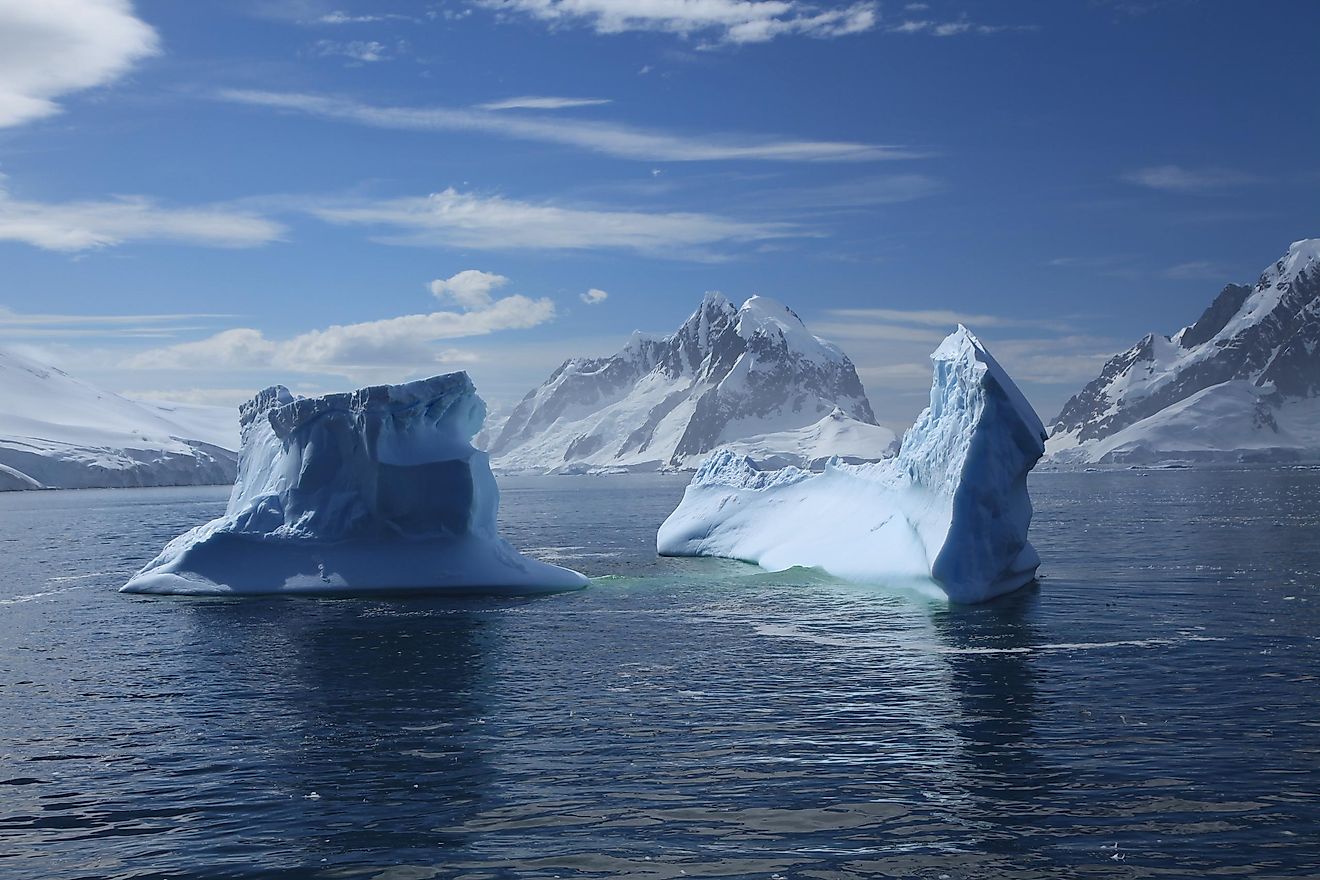
A large number of icebergs originate from glaciers and ice shelves in Greenland and Antarctica. The waters around Scott Island of Antarctica hosts a significant number of icebergs. Some of the largest icebergs on record like B15 have originated from the Ross Ice Shelf. The largest one recorded till date was the Antarctic tabular iceberg with a surface area of about 12,000 square miles. Several agencies monitor such icebergs to prevent any loss of property or life.
3. Formation Process
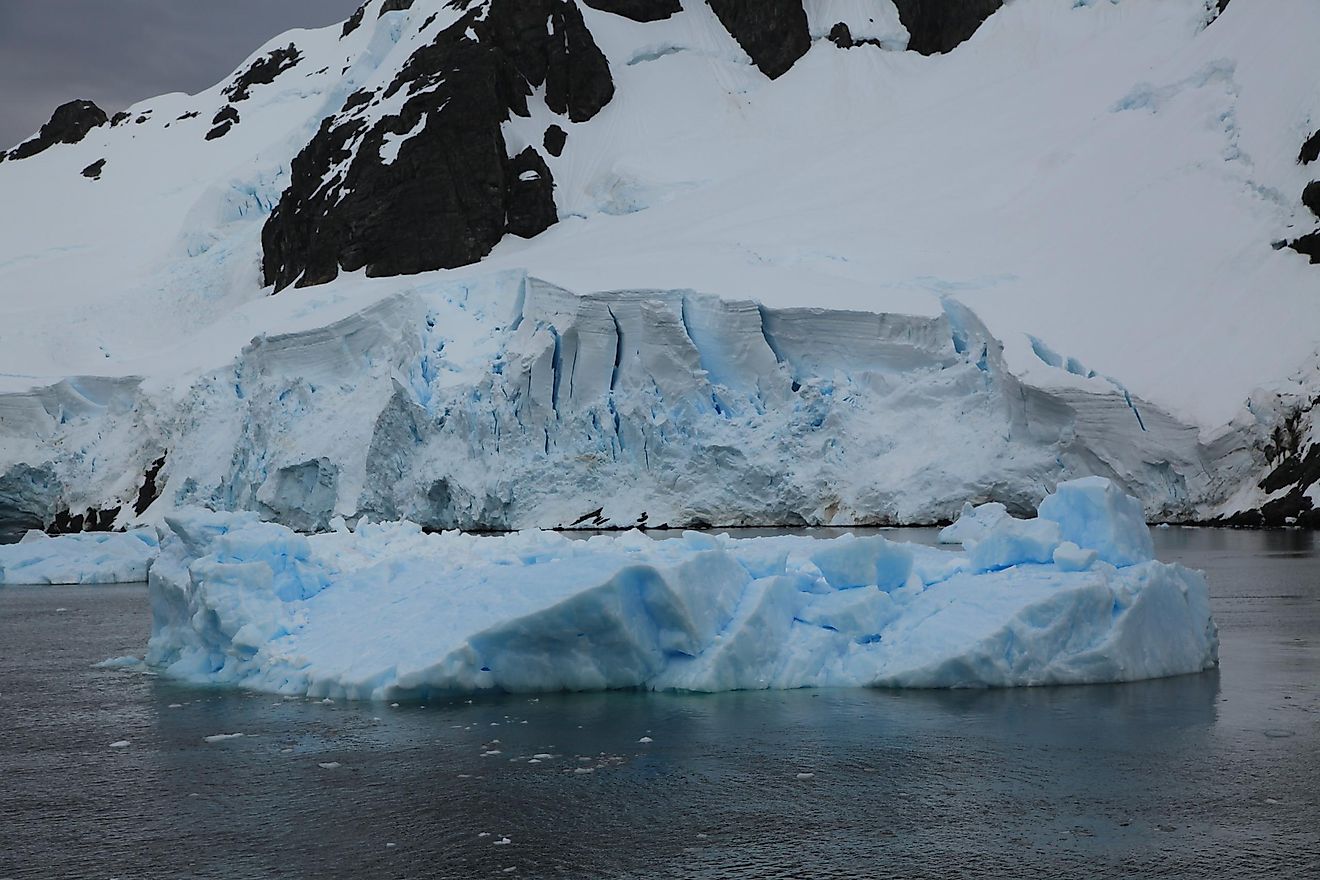
Antarctica and Greenland experience extremely frigid temperatures throughout the year. As a result, in these places, large parts of the landscape are covered with permafrost in the form of glaciers and ice shelves. These glaciers and ice shelves bear multiple layers of ice and snow. When overburdened, parts tend to break away from edges and drift into the sea or ocean in the form of icebergs. Interestingly, the water sourced from these icebergs is considered as one of the purest forms of water.
2. Dangers to Maritime Vessels
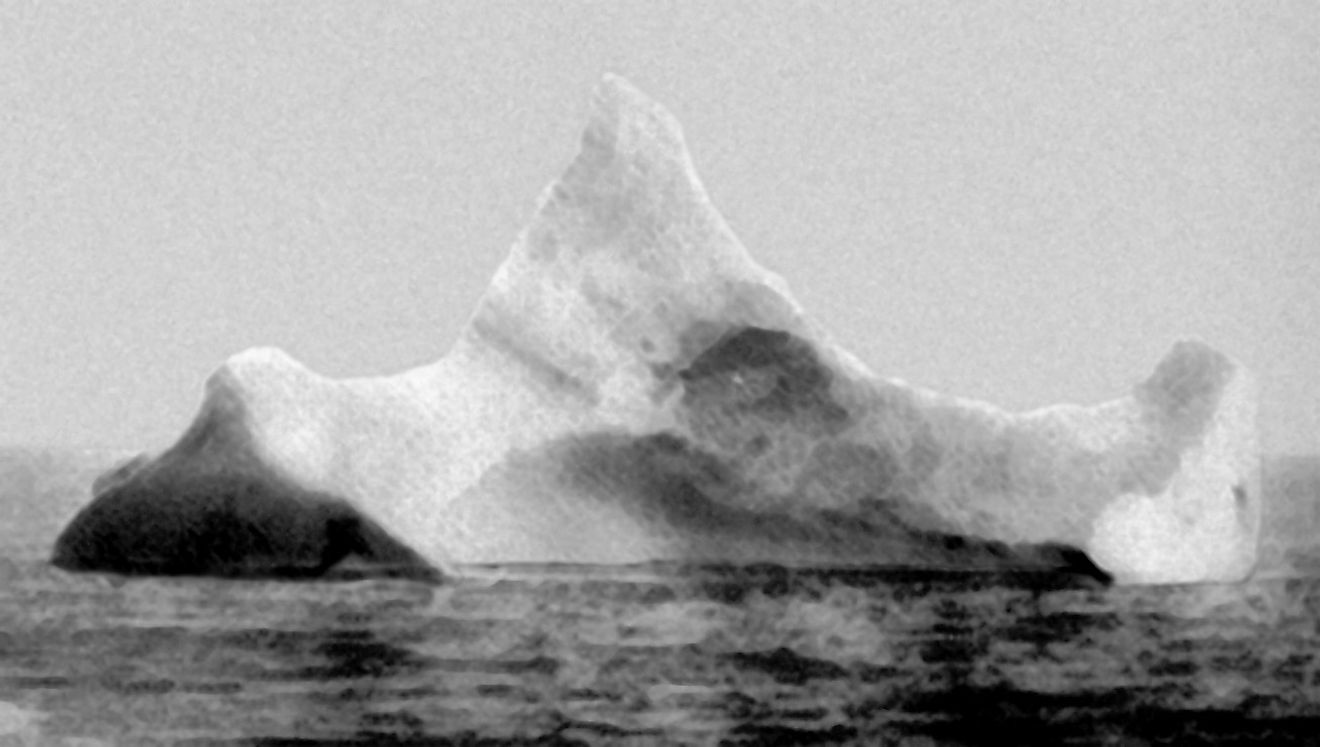
Due to the “tip of the iceberg” theory, icebergs are a major source of worry and danger for maritime vessels. As a major part of the iceberg is not visible and is submerged in water, the vessel crew often misinterpret the real size of the mass of ice. These seafaring vessels face greater danger at night when icebergs are not clearly visible from a distance. The famous RMS Titanic shipwreck was also caused by an iceberg off the coast of Newfoundland in the North Atlantic Ocean. Various measures like the regular monitoring of icebergs through helicopters and broadcasting the warnings to make the captain of the ships aware, use of explosives, towing, and water cannons are taken by the authorities to safeguard the vessels. Radar and GPS technology also play an important part in detecting the icebergs. Drifting buoys equipped with sensors and satellite imagery also help to locate icebergs in advance.
1. Icebergs and Climate Change
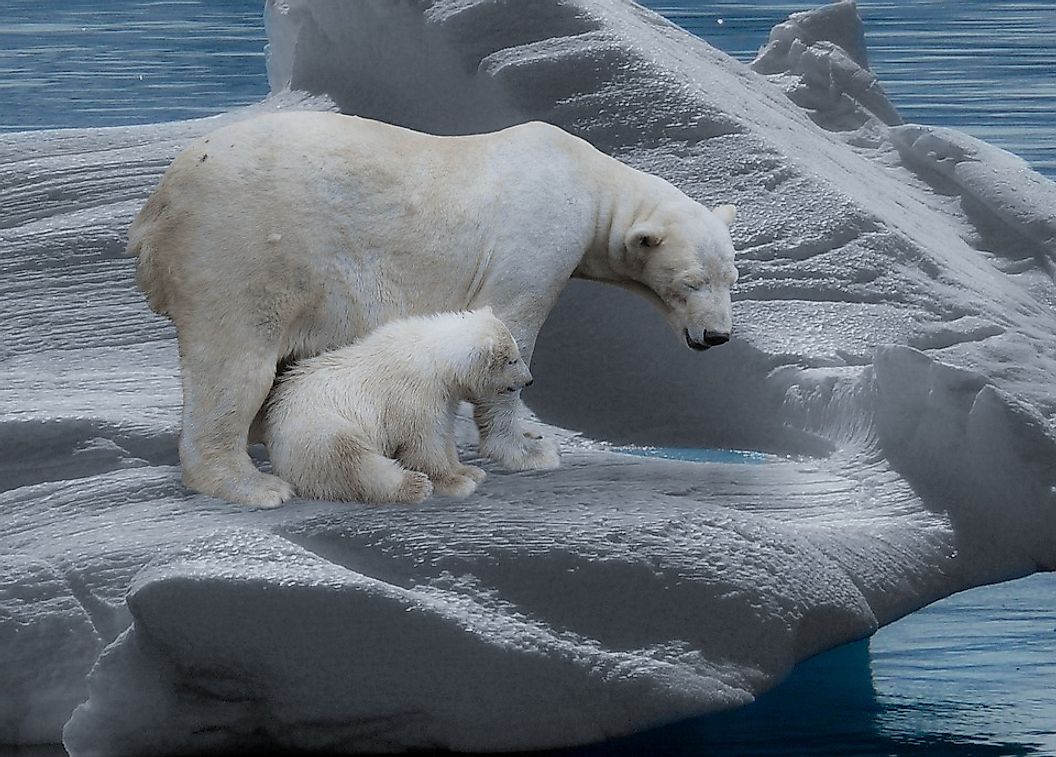
Global warming and resultant climate change have a significant role to play in the formation and melting of icebergs. The number of icebergs in the ocean and seas of the world increases with increasing temperature. However, the lifetime of an iceberg decreases with rising temperatures. As the melting water of the iceberg is colder and less saline than the surrounding sea water, the two types of water do not mix completely, resulting in a slightly elevated sea level. The icebergs in the ocean near continental shelves also serve as important hunting and resting grounds of species like polar bears. The melting of icebergs means that the bears now need to swim further distances into the ocean in search of hunting grounds, subjecting the animals to a significant amount of stress.











